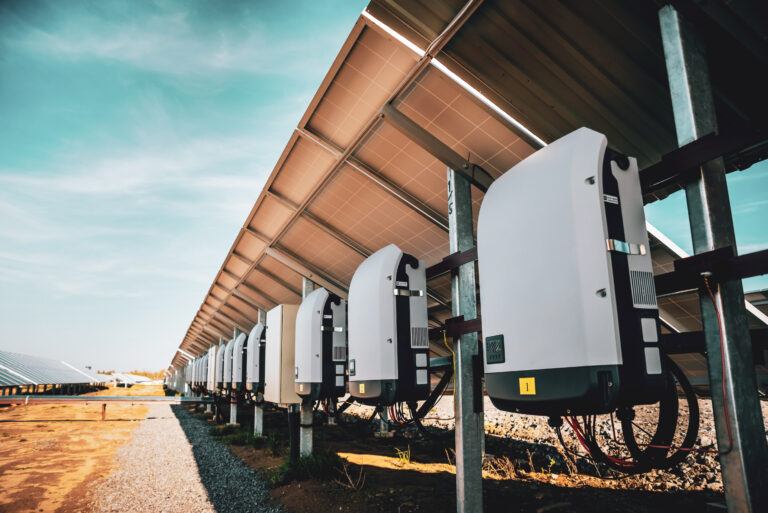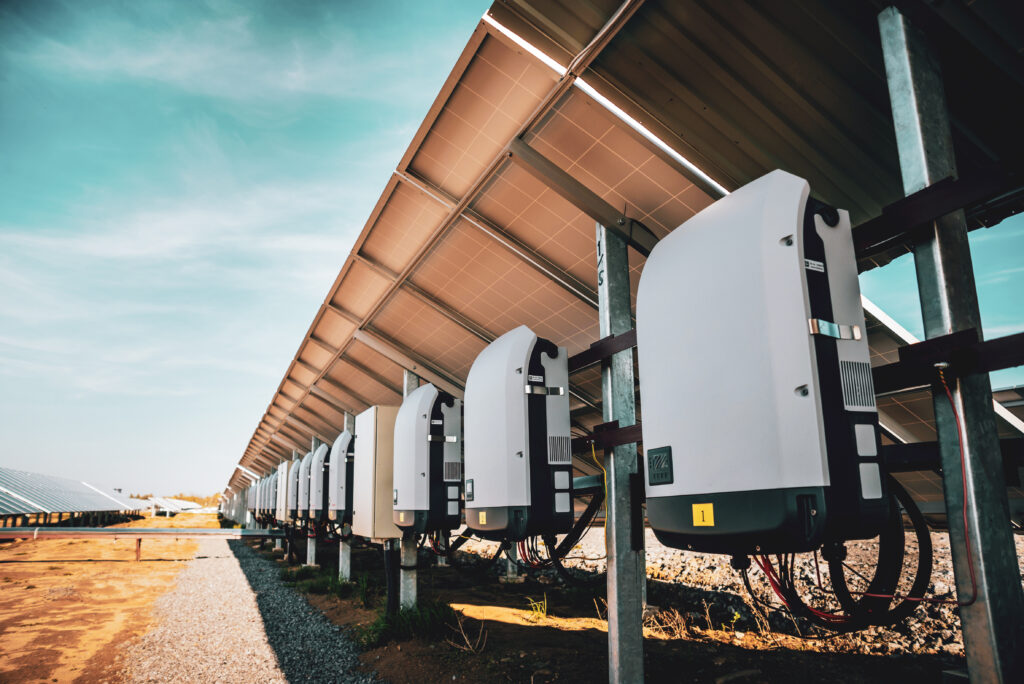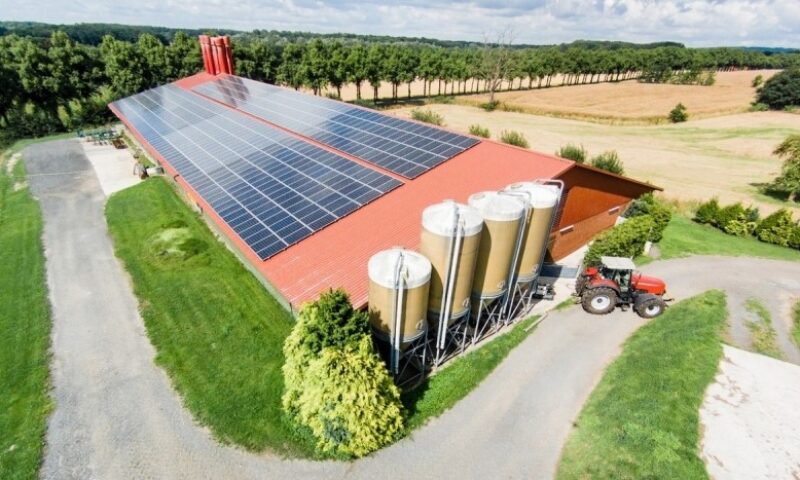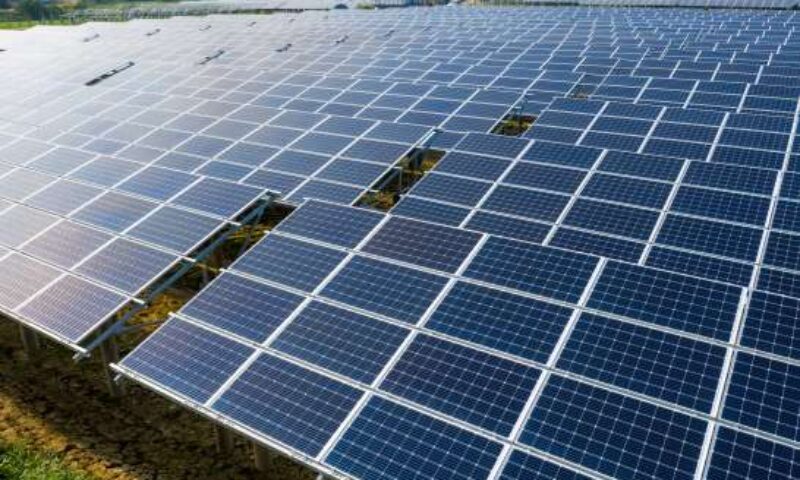Tematyka artykułu:
Any photovoltaic installation, in order to fulfill its primary function of being a source of free electricity, must have an inverter in its circuit, which will turn the direct current (DC) produced in the panels into alternating current (AC) that powers our households. While the selection of the panels themselves usually goes fairly smoothly, the question of matching the inverter with the rest of the installation can be a bit tricky. So how to perfectly match the inverter to the power of the installation and what to pay attention to when doing so, and why is too much and too little inverter power just as bad?




